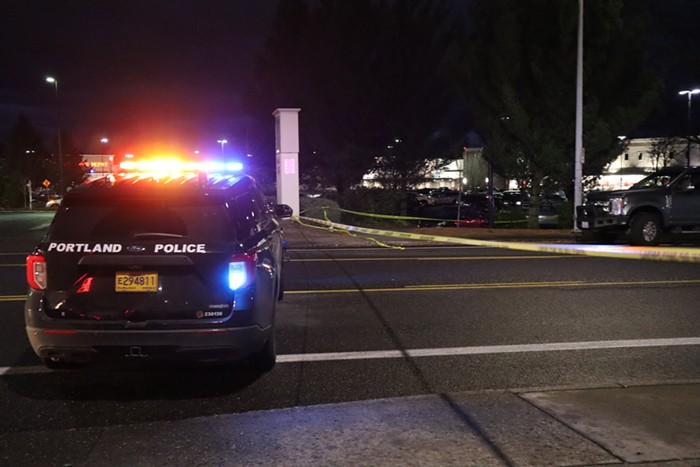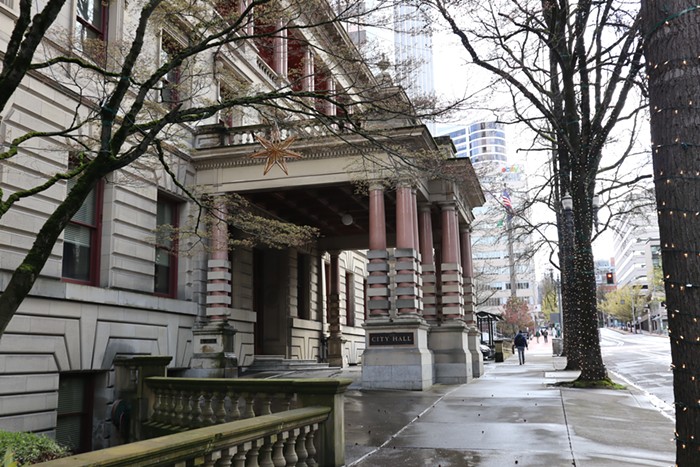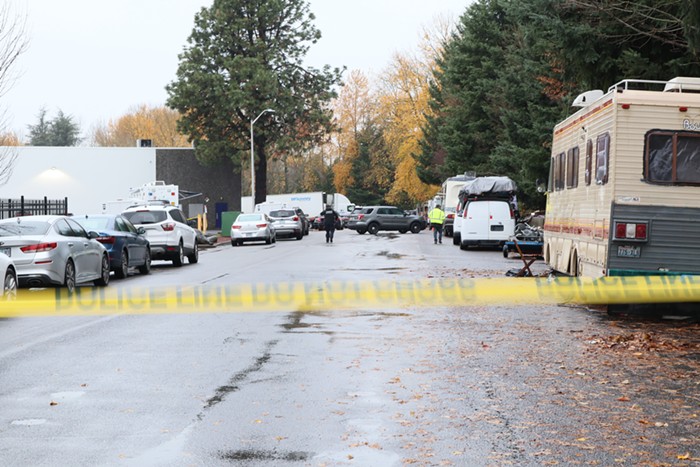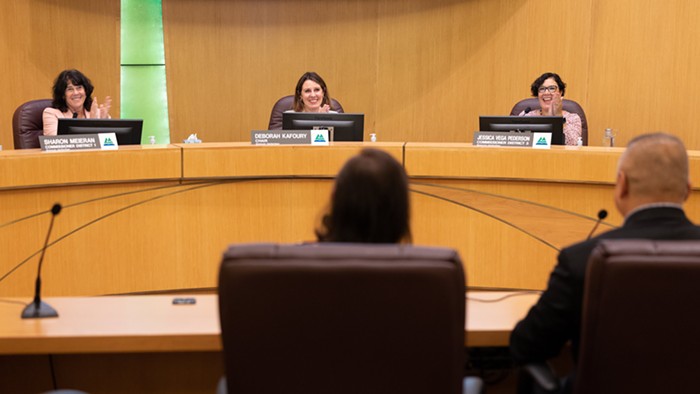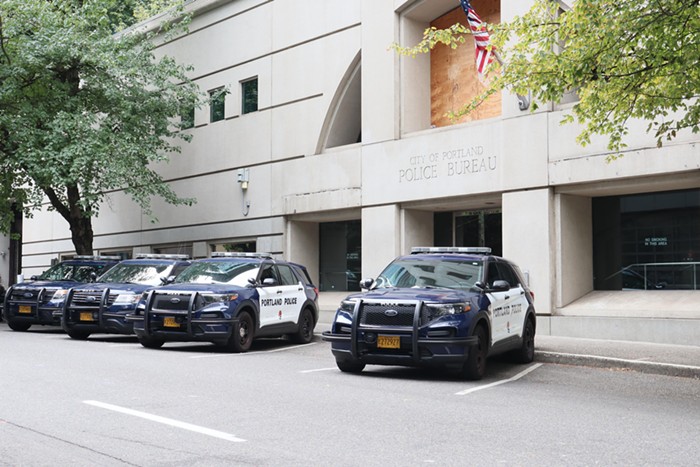WANT TO BUY a bridge? How about five of 'em?
Now that the ink has dried on an acrimonious funding deal for the new Sellwood Bridge, Mayor Sam Adams' office confirmed this week it will begin pushing anew on a request that almost killed the compromise with Multnomah County before state and federal officials stepped in to save it.
As part of the death march toward next spring's budget, Adams wants his county counterpart, Chairman Jeff Cogen, to commit to a study of whether the county's Willamette River bridges—the Sellwood, Hawthorne, Morrison, Burnside, Broadway, and Sauvie Island spans—should be placed under Portland's control.
"I would not expect, as part of this budget cycle, to walk out with an agreement" for a transfer, says Catherine Ciarlo, Adams' transportation guru. "There's a lot of due diligence to be done, but having the conversation and starting that due diligence will be an important piece of preparing the budget."
That timeline was news to Cogen—but he said he welcomed the discussion and that he'd be willing to consider moving quickly to start the ball rolling.
"I'm there. I'm absolutely there," he says. "It makes sense for us to look at whether it makes sense."
It's uncertain how long such a study might last. It's also not clear how much money the city would save, if any. Among the big questions for Portland: What kind of shape are the bridges in? And how much will it cost to improve them or keep them in their current shape?
There are some clues. Not counting the Sellwood Bridge, the county has identified $207 million in bridge maintenance and improvement projects over the next 20 years, according to statistics provided by the county. The county also sets aside $5.1 million a year for maintenance and other bridge needs.
Of paramount concern, the Burnside Bridge—designated as an emergency route during disasters—needs $50 million in earthquake fixes. Burnside's main span scores only a 46.5 out of 100 on a federal safety scale, with its east and west side approaches rated even lower.
"That's exactly the kind of thing that would need to be vetted," Ciarlo says.
On the county’s side, Cogen said he would be reluctant to agree to a any subsidies and that he would want the city to also absorb the county’s transportation workers. Also looming is whether it would make sense for Portland to control the Sauvie Island bridge, just outside city limits.
The goal, says Adams staff, is reducing redundancy and helping to untangle the region’s transit funding knot. The county already shares much of revenue from a three-cent gas tax with Portland, with a portion of the remainder marked for bridge maintenance. Portland, meanwhile, spends millions every year to help the county maintain social services programs that might otherwise be slashed.
Cogen and Adams have yet to have discuss the issue. And given their history—the two have battled over urban renewal funding and the Sellwood Bridge—it’s entirely possible something might sour their good intentions. But for now, Cogen is all ears.
"To be blunt, we should be reexamining everything we do," he says. "We're broke."


